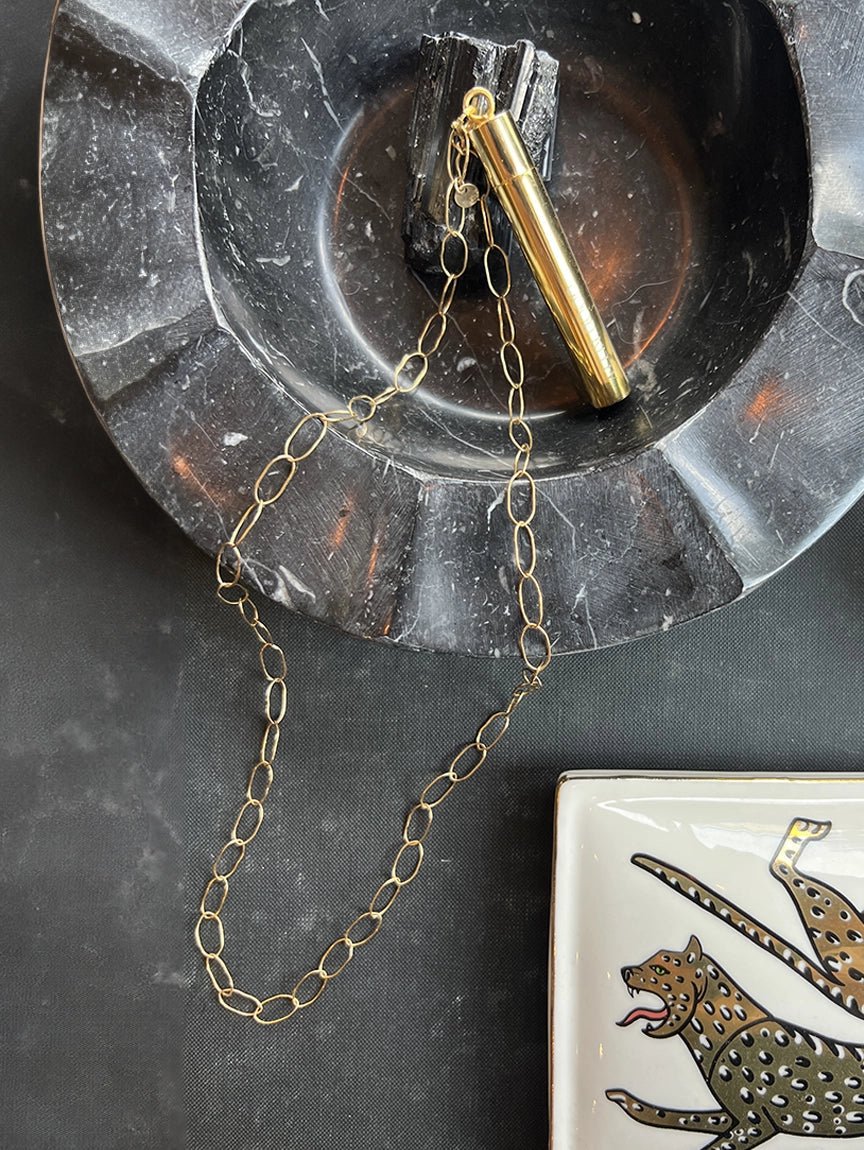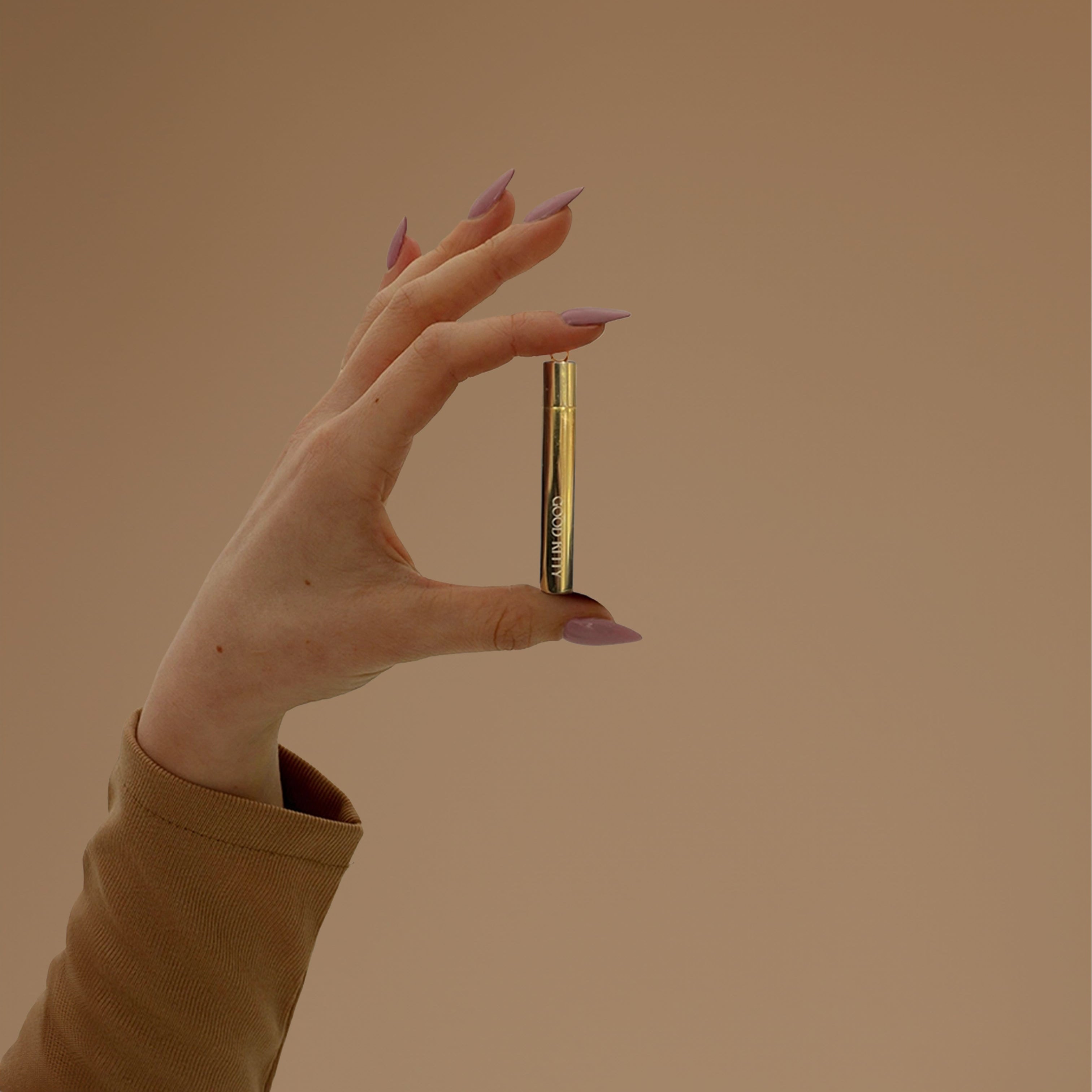If you’ve ever had a UTI, a yeast infection, or BV—maybe even all three—you’re not imagining things when they seem to arrive together, or in a frustrating cycle. That’s because these aren’t isolated issues. They're part of a bigger conversation happening inside your body—between the gut, bladder, and vagina.
It’s called the gut–urogenital microbiome axis. And understanding it could change how we prevent and treat recurrent UTIs for good.
What Is the Gut–Urogenital Microbiome Axis?
The "axis" refers to the dynamic two-way relationship between the microbiomes of your gut and your urogenital tract (which includes your bladder, urethra, and vagina).
This axis is not just anatomical. Historically, medicine treated these areas as completely separate. But we now know they’re intimately connected—through shared microbes, immune signaling, microbial metabolites, hormone metabolism, and even nerve pathways.
The Gut as a Reservoir for Uropathogens
The most common cause of UTIs is Escherichia coli (E. coli)—and it doesn’t come from out of thin air. It comes from your own gut.
In women, the short distance between the anus, vaginal opening, and urethra makes it easy for bacteria like E. coli to travel. After sex or disruption of the vaginal flora (think: antibiotics, stress, hormone shifts), those bacteria can ascend the urethra and infect the bladder.
This is called fecal–periurethral transfer, and it accounts for the majority of recurrent UTIs.
Immune Crosstalk: Inflammation Travels
Even if pathogens don’t physically move, an inflamed gut can still impact your bladder and vaginal lining.
Here’s how:
-
When the gut becomes dysbiotic (imbalanced), it releases inflammatory molecules like IL-6 and TNF-α into the bloodstream. These travel to distant sites—including the urogenital tract. These molecules can weaken uroepithelial integrity, reduce antimicrobial peptide expression, and create conditions where pathogens like E. coli or Gardnerella can thrive. This means that gut dysbiosis may not just increase E. coli shedding but also lower the defenses of your bladder lining.
Microbial Metabolites as Messengers
Healthy gut microbes produce short-chain fatty acids (SCFAs) like butyrate and propionate. These aren’t just digestive byproducts—they’re critical anti-inflammatory molecules that:
-
Strengthen the bladder and vaginal lining
-
Regulate immune responses
-
Support tight junctions between epithelial cells
Fewer SCFAs → weaker barrier → increased infection risk.
Hormone Recirculation and Estrogen’s Role
Your gut microbiome controls estrogen levels through the estrobolome—a network of microbes that metabolize and recycle estrogen.
Here’s why this matters:
-
Estrogen promotes the growth of Lactobacillus crispatus, a key protector of the vaginal and bladder microbiome.
-
When gut flora are disrupted, estrogen recirculation drops, and protective vaginal bacteria decline.
-
This makes postmenopausal women especially vulnerable to UTIs and BV.
Urogenital → Gut Crosstalk
Communication goes both ways.
When the bladder is inflamed or infected:
-
It triggers systemic immune responses, which can alter gut motility, microbiome composition, and even increase gut permeability ("leaky gut").
-
Antibiotics taken for UTIs often destroy gut commensals—leading to GI symptoms, yeast overgrowth, and more dysbiosis.
In short: a UTI can disrupt your gut, just like gut dysbiosis can set the stage for a UTI.
How Antibiotics Affect The System
Antibiotics taken for a UTI don’t just kill E. coli in the bladder. They also:
-
Disrupt gut flora, allowing resistant or virulent strains to emerge
-
Deplete Lactobacilli in the vagina, increasing pH and risk of BV
-
Promote Candida overgrowth, leading to yeast infections
In other words, the conventional approach to treating UTIs can backfire—triggering more infections across the axis.
New Data Linking the Gut Microbiome to Recurrent UTI: Insights from Choi et al. (2024)
A 2024 study by Choi and colleagues, published in eClinicalMedicine, offers compelling mechanistic evidence for the gut–urogenital microbiome axis in the context of recurrent urinary tract infections (rUTIs). Specifically, it supports the hypothesis that the gut acts as a reservoir for uropathogenic Escherichia coli (UPEC), facilitating reinfection of the urinary tract — particularly in cases involving antimicrobial resistance.
Study Design Highlights
-
Population: 125 patients with UTIs caused by antibiotic-resistant organisms.
-
Data Collected: 644 longitudinal stool samples and 895 urinary E. coli isolates.
-
Methods: Comparison of gut microbiome composition between patients with and without recurrent infections, along with external healthy reference microbiomes. Analysis controlled for multiple clinical variables.
Key Scientific Findings
-
Microbiome Composition Shift: rUTI patients exhibited distinct gut microbial signatures compared to healthy controls, including increased abundance of E. coli and elevated antimicrobial resistance gene (ARG) burden. This suggests an enriched gut niche for pathogenic and resistant strains.
-
Post-Antibiotic E. coli Bloom: Among patients treated with antimicrobials, fecal E. coli levels increased 7–14 days after therapy. This time-specific bloom suggests that antibiotic use may paradoxically amplify UPEC colonization in the gut, even as it temporarily clears bladder symptoms.
-
Microbial Factors Predict Recurrence Better than Clinical Ones: Demographics and traditional risk factors were not as strongly associated with recurrence as microbiome characteristics. This strengthens the role of the gut ecosystem in rUTI pathogenesis.
-
Cross-Niche Migration Evidence: The genetic overlap between stool and urinary E. coli isolates, including shared resistance elements, supports microbial translocation between gut and bladder — validating the concept of the gut as a persistent UPEC reservoir.
How Nutraceuticals Like UTI Biome Shield Can Help
A new generation of science-backed nutraceuticals is shifting the focus from eradication to ecological balance.
Here’s how the ingredients in Good Kitty’s UTI Biome Shield support the axis:
| Ingredient | Mechanism | Target Area |
|---|---|---|
| D-Mannose | Blocks FimH on type 1 fimbriae, preventing E. coli adhesion | Bladder/urethra |
| Cranberry PACs | Inhibit fimbriae adhesion and reduce biofilms | Bladder, urethra |
| Polyphenols | Modulate microbial gene expression (e.g. quorum sensing) | Emerging: gut & urogenital |
| Vitamin D | Upregulates antimicrobial peptides (cathelicidin) and tight junction proteins | Bladder epithelium |
| Zinc | Supports mucosal immunity and wound healing | Systemic (esp. epithelium) |
Important: While most of these ingredients have clear mechanisms in urogenital immunity, only some (vitamin D, polyphenols, SCFAs) are currently known to influence gut–urogenital signaling. Others act locally in the bladder but do so without harming the microbiome.
The Takeaway
Your gut and urogenital health are not separate. They are functionally and immunologically connected. Addressing one while ignoring the other is short-sighted—especially when it comes to chronic UTIs, yeast, or BV.
By supporting both systems—gut and urogenital—you’re addressing the root causes, not just the symptoms.
References
-
Magruder M, et al. Gut uropathogen abundance is associated with risk of recurrent UTI. Nat Microbiol. 2020.
-
Li M, et al. SCFAs and immune regulation. Front Immunol. 2018.
-
Hertting O, et al. Vitamin D induces cathelicidin in the bladder. PLoS One. 2010.
-
Boulangé CL, et al. Impact of the gut microbiota on inflammation and metabolism. Nutrients. 2016.
-
Baker JM, et al. Estrobolome and women’s health. J Steroid Biochem Mol Biol. 2017.







